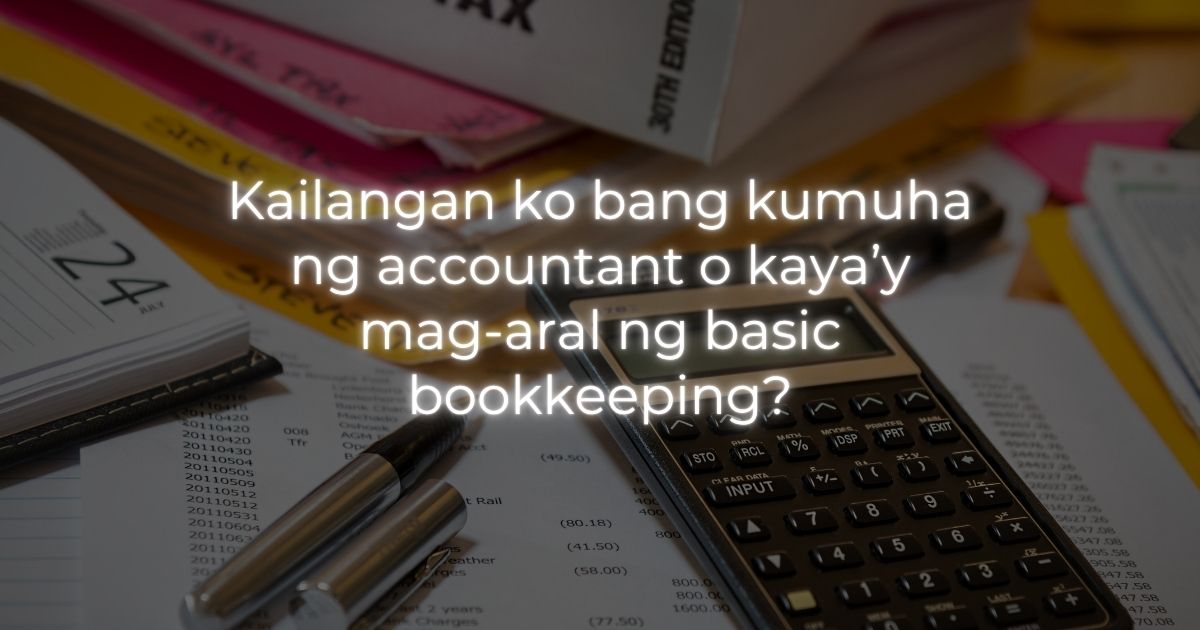
Photo credit: jb
You’ve likely heard the conventional wisdom – “when you leave your job, you should roll over your retirement account”. You may know that it makes sense (or at least you assume it makes sense), but do you know why it’s important? And do you have the first clue as to how to accomplish a rollover? (There may also be times when it doesn’t make sense to rollover, as well.)
Why rollover? Among the reasons that it is important to rollover your retirement account when you leave employment is that you want to have control over your money. If you leave the account with the former employer, you are effectively handing over a portion of the control of your money to the administrator of the employer plan.
This administrator’s primary job is to ensure that the plan remains as effective and efficient as possible, for your former employer. Your interests are not taken into account, and in fact, many activities that the administrator undertakes (and subsequently charges the cost of to the plan accounts) are of no benefit to you whatsoever, as a former employee. By rolling your funds over to an IRA within your control, you can make sure that the costs associated with your account’s maintenance are directly benefiting your own account.
In addition, by rolling over your retirement funds into an IRA, you now have more flexibility in the investment choices that you can utilize. Remember how your employer’s qualified plan only had five or ten mutual funds to choose from? Now, depending upon the custodian you choose, you could be able to invest in just about any fund, stock, bond, or ETF available in the marketplace, plus some that you can dream up on your own.
How to roll over? We’ve covered briefly the “why”, so now we’ll cover the “how”. It’s actually pretty simple, as long as you follow a couple of important rules. Both of these are related to maintaining the tax-deferred nature of your investment.
The first rule is that you should always have an account set up to receive the monies before requesting the withdrawal from your current plan. If you don’t have a place to put the money, the plan administrator will assume that you’re taking a “cash out” distribution, and they’ll withhold 20% tax on the withdrawal. This can problematic, of course. The way to resolve this is to ensure that your withdrawal paperwork (with your old account) indicates a “direct rollover” is occurring. At the same time, your deposit paperwork with your new account will indicate the same. The old plan administrator may still send a check to your home address, but it will be made out to the new account custodian.
The second rule is related to the first, but this is one that you can foul up even if you’ve gotten the paperwork filled out correctly: your rollover must occur within the span of 60 days, or you’ll be penalized as if you withdrew the money to cash out the plan – 10%, plus ordinary income tax on the withdrawal.
The entire process is simple enough, following the steps below:
1. establish your new account
2. request a “direct rollover” withdrawal from your old plan
3. receive the rollover check
4. submit the check with the appropriate “direct rollover” deposit slip at your new account.
As you can see, the process is straightforward, but if you don’t pay close attention to what’s going on, or if one of your plan administrators (either the new one or your old one) has a special “twist” to the process, it can become a mess.
Note: steps 3 and 4 are not required if the transfer is done in a trustee-to-trustee manner, meaning that the old account administrator sends the funds directly to the new account trustee, and you never see a check. This is one of the most common ways to ensure that you don’t miss the 60-day window.



